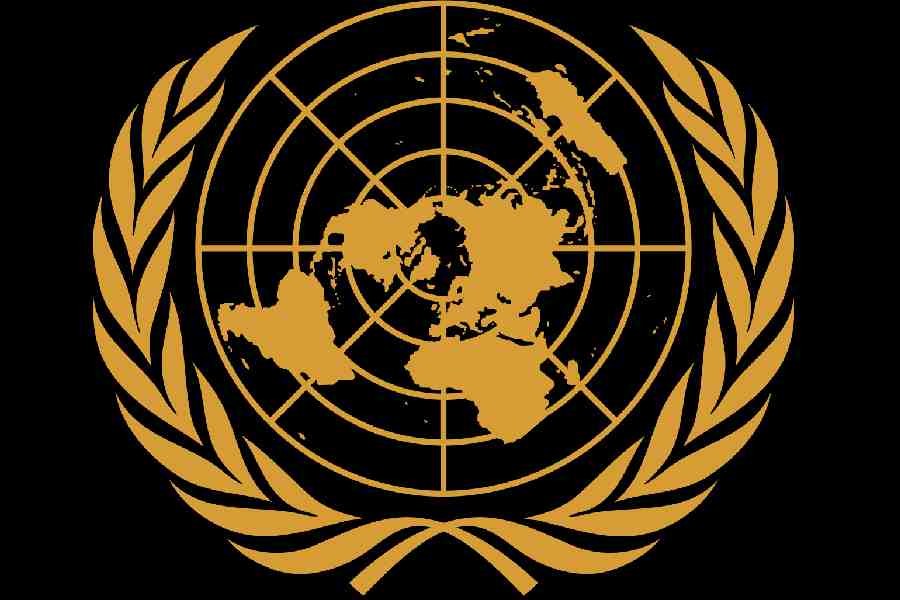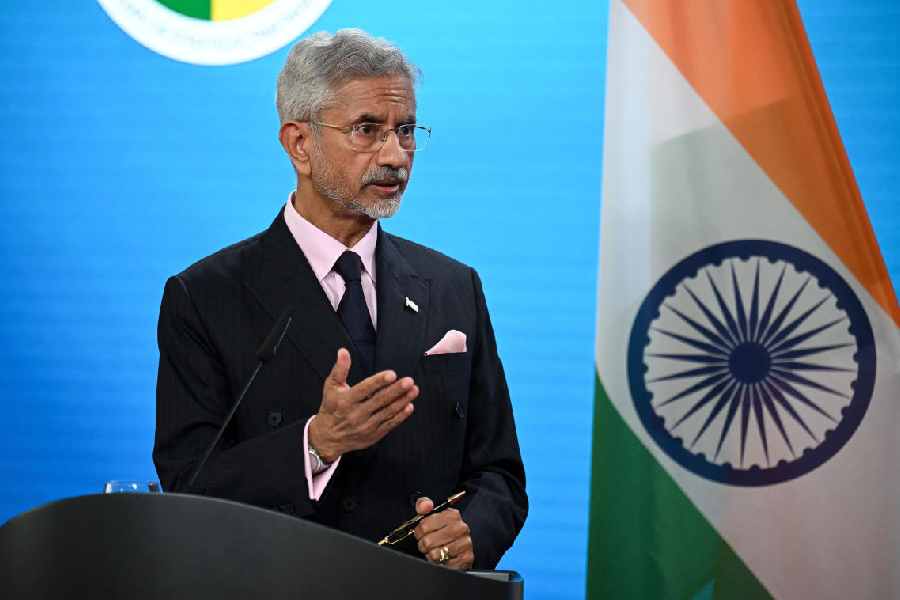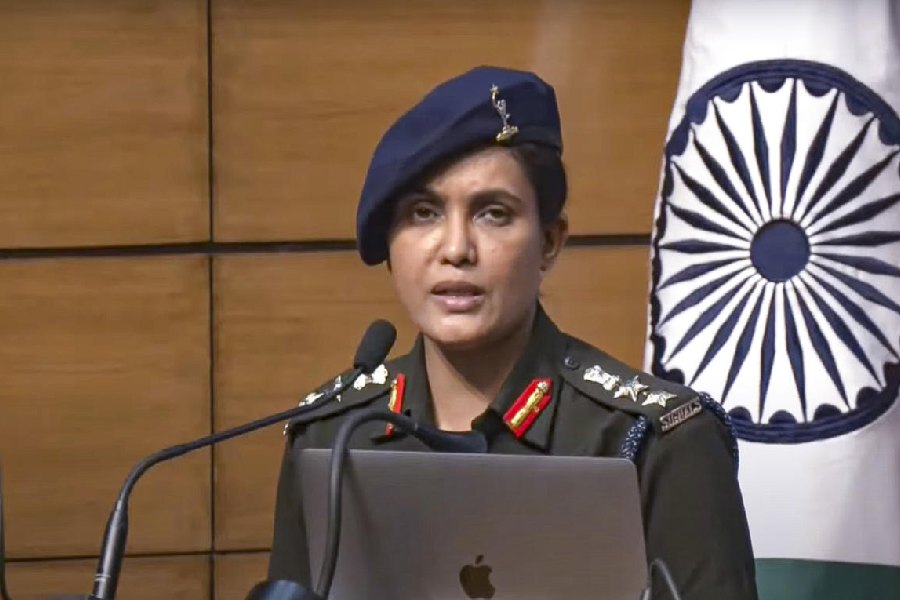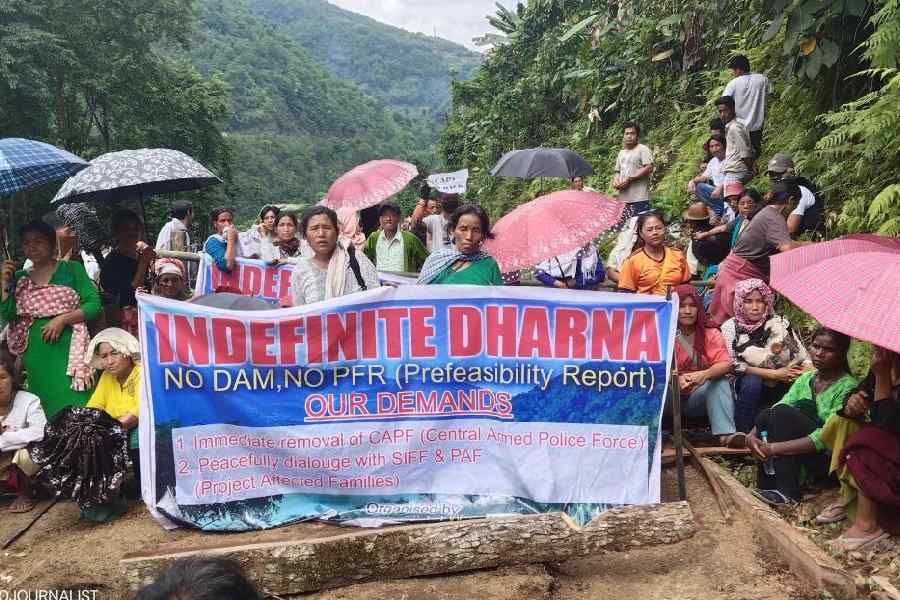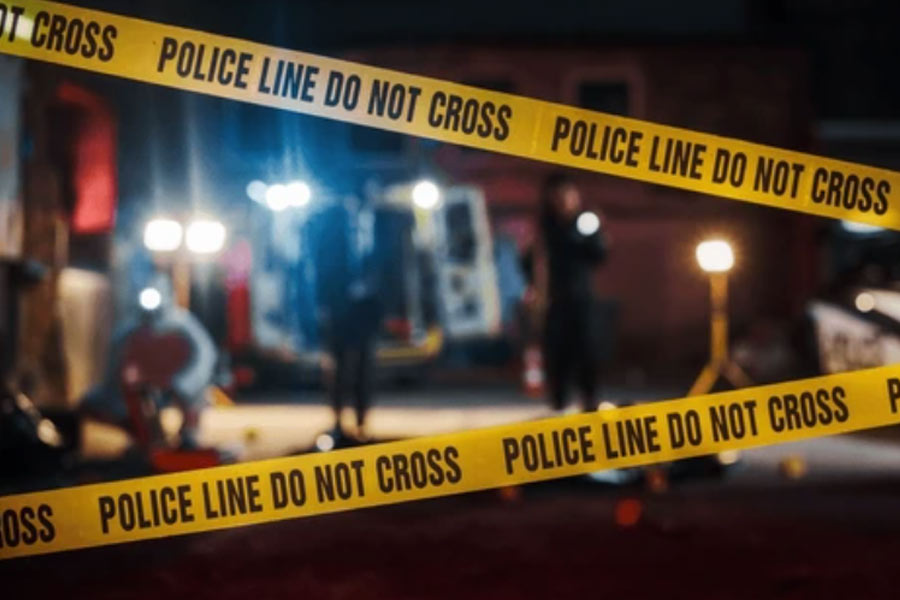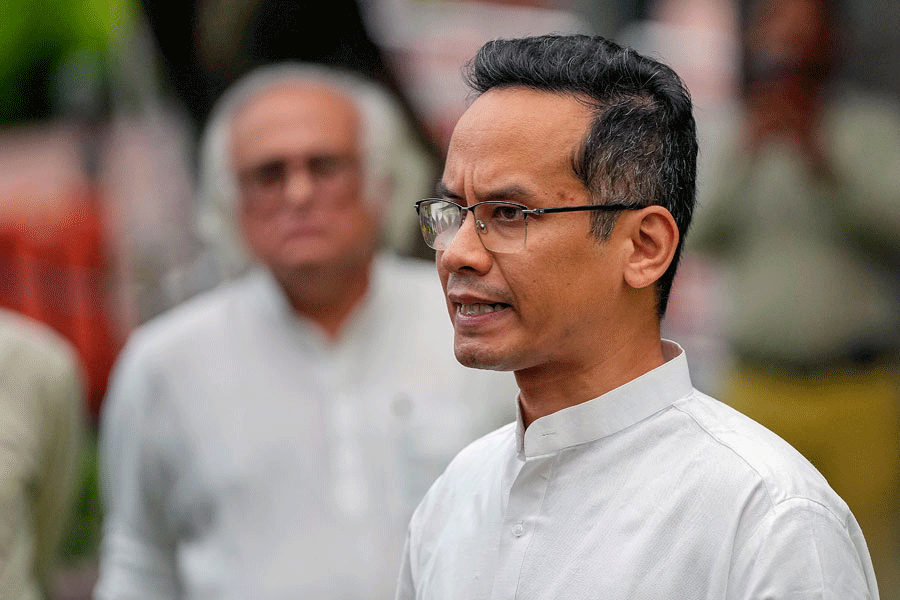|
|
Not surprisingly, the controversy surrounding the army chief’s date of birth has overshadowed all else in the media. In particular, the electronic media have been so full of this attention that some of the claims and counterclaims by assorted panelists have bordered on the bizarre. An erstwhile service chief even brought in the proverbial foreign hand and the favourite whipping boy of arms lobbies.
In the midst of such exaggerated claims and counter-claims, unanimity was ironically witnessed only on the day the army chief finally knocked at the doors of the highest court of the land. It was then that all agreed that this was the saddest day in the history of the armed forces of the Republic. A day when the chief of the fourth-largest army (and ranked amongst the finest in the world) chose to take his government, a representative government of the largest democracy in the world, to court. The international community must have rubbed its eyes in total disbelief and wondered if this was the emerging superpower that they were anticipating or another fumbling subcontinental democracy.
Clearly, the issue is now set to play itself out in the public domain with dirty linen being washed to the embarrassment not only of individuals and institutions of governance, but also of the nation as a whole. Watching mutely from the sidelines will be the million-plus force of officers and men of the Indian army, many in operational locations and braving danger on a daily basis. Whatever their individual sentiments, they will be acutely conscious that this is a defining moment when the image of their cherished institution has taken a hard knock. Defining, because to the men and women in uniform their immediate commanders and those further up the chain are the source of motivation and strength contributing to their morale. Their ethos does not separate the position of the commander from the person on whose orders they must at all times be ready to risk their lives.
So while a confused force looks on, their chief has appealed to the highest court of the land for vindication of his honour and for his right to retire in dignity as he feels the executive to whom he is subordinate is unable to offer him these very basic rights. At this tragic moment, it is perhaps worth pondering why the armed forces of the nation, revered by a majority of its people, are today faced with such humiliation.
It defies imagination that the genesis of the problem is a conflict of dates within two branches of army headquarters, both of whom are under the command of the army chief, and the solution to which successive chiefs have either not been able to find or have chosen not to. Equally confounding is the fact that the ministry of defence, having been brought into this debate, let the issue fester. This writer, who has served in a service headquarters as a principal staff officer, can say with confidence that such a situation is unheard of unless there are insidious factors at play. That is why claims being made by some sections of the media that the roots lie in a silent battle for succession to the post of the next army chief alongside other interpersonal intrigues amongst the top brass appear to sound credible. This charge, which is now being discussed in the public domain, with the earlier chiefs also being drawn into the equation, has some ramifications and associated lessons.
First, it is a direct fallout of the supine policy of seniority over merit in appointing chiefs and senior commanders. Such a policy not only promotes future aspirants by virtue of their dates of birth and seniority lists to becoming risk averse, but also succumbing to the degrading practice of lobbying — a practice long prevalent that is not a secret in officer’s messes and has sometimes even featured in public debate. If there is one lesson emerging from this episode, it is that the sooner we opt for a merit-oriented system of appointing chiefs and operational commanders through clearly defined transparent processes, the better it will be to stem this rot and provide the nation with the best military leadership options available. That this is also the need of the day in the challenging security environment is an added bonus.
Second, and far more grievously, so far such games were known to have been played at the political and bureaucratic levels, but it now appears that they have infiltrated into the military domain as well. When senior officers in military headquarters are suspected of playing favourites and politics, it sets a dangerous precedent that the nation can ignore only at its deep peril. The present episode has clearly shaken the confidence of not just the people of the country but also the rank and file of the armed forces, conveying to them that not all is well at the respective headquarters and at the ministry itself. That is why quite apart from what happens in the present case, the government owes it to the nation to hold an impartial and confidential enquiry not only into this entire episode, but also into other cases in the recent past when rules have been bent to suit individuals in service succession plans. This is the only way that the nation can be assured that the quality of our military leadership and administration will, in future, remain insulated from the weaknesses that are corroding many of the nation’s other institutions.
In the model of higher defence organizations presently existing, the services headquarters remain outside of the ministry and national security policy-making. The ministry exercises complete authority over all major policy, procurement and senior promotions and postings. Accountability of operational performance, however, is that of the respective chiefs. It was the Kargil review committee which had highlighted that India is the only democracy where the armed forces headquarters are outside the ministry. Not only had it recommended integration, but it had elsewhere also cautioned that the entire system had a vested interest in maintaining status quo. As events have since unfolded, the status-quoists have prevailed and to provide a fig leaf for integration, the armed forces headquarters have since been re-designated as integrated headquarters of the ministry of defence from the earlier attached offices. In reality, nothing has changed and the ministry and respective service headquarters remain separate entities. Had it been otherwise, the current dispute could not have arisen.
Now that the ministry has been drawn into an internal army HQ tussle, to which it may well have been a silent partner, perhaps the time has come to revisit the principle of true integration of the services HQ within the ministry. The models have been debated after the Kargil review committee report and were approved by the Group of Ministers that oversaw the restructuring of higher defence management. If the present episode results in a belated acceptance of the inevitability of integration of the service headquarters with the ministry, then the price may still be worth the present trauma.
To the people at large, the singular wish of the army chief to vindicate his honour even at the cost of taking such an unprecedented step may at first appear somewhat intriguing, considering that we have honourable MPs who have criminal records, honourable ministers who are in Tihar jail and even an honourable governor found indulging in unsavoury activities in a Raj Bhavan. But honour or izzat to those in uniform must remain the core of their beliefs and practices if we are to expect them to pay the ultimate price when flag and country demand it of them. It is hence as much in the interest of the nation as the armed forces that the izzat of our men and women in uniform is protected, preserved and indeed promoted. If, therefore, in the present instance there is undue emphasis on personal honour by the chief, this should be respected and indeed praised.
But nothing in life is absolute and so must it be for honour. When, as a new cadet to the National Defence Academy this writer was marched into the Chetwode Hall of the Indian Military Academy for an initiation address by the commandant, one was struck by the Chetwode motto engraved on the entrance to the central hall that said, “The safety, honour and welfare of your country come first, always and every time. The honour, welfare and comfort of the men you command come next. Your own ease, comfort and safety come last, always and every time.”
It is this motto that drives every army officer through a demanding career, through war and peace, danger and death, temptations and sacrifice and a gruelling life in the field. Whilst many may fail its acid test, to the majority it becomes a way of life thus ensuring that India has one of the finest and most professional armies in the world.
One only wishes that the army chief had abided by this credo and put the honour and welfare of the nation above his own and spared both the nation and those he commands the present embarrassment and trauma. Whatever the future holds for the present case, one thing is certain — the nation and its institution of the armed forces have been the losers.



